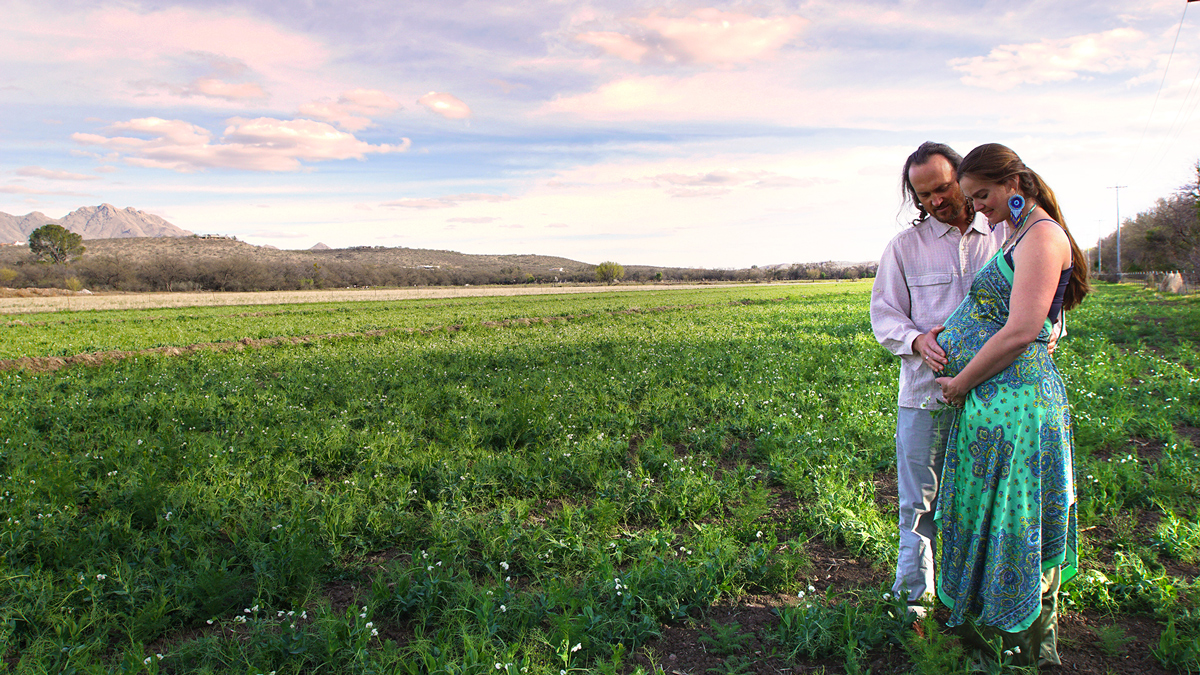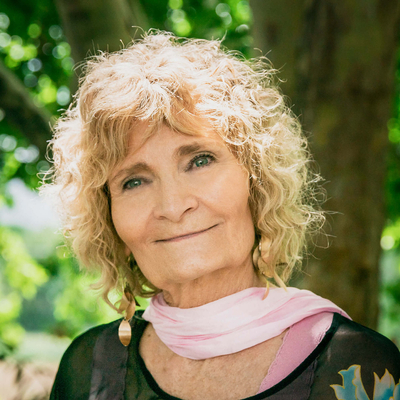I realize that gender identity and sexual orientation for any individual are very complex issues, with not only biological factors but environmental, social, and cultural elements to also consider. In our modern society, with its fast-pace and digital device onslaught, we all need to slow down and take time to have honest and thoughtful conversations about this sensitive and important subject of today’s culture.
I lived most of my childhood on an Apache reservation in Arizona. I grew up in a home where my mother and father had strongly-identified female and male roles. Both parents were comfortable with their identities within our family arrangement as woman, mother, homemaker and man, father, provider, protector. My three siblings and I benefitted greatly from our parents’ mutual commitment to their shared spiritual ideals and to their family, as well as their ease and harmony with their gender identities.
We children also benefitted from the wide range of friends and associates of our family who were of different cultures, religions, politics, and social leanings. None of us felt pressure from our parents to be exactly like them but rather to become what God designed us to be—the smartest, most compassionate, and ethical women and men that we could become, always doing what was right in the eyes of the Creator. I still have that basic theological foundation and hopefully have passed it on to my children, grandchildren, and all of those in the spiritually-based intentional community that I co-founded.
Living on the reservation, I had friends who experienced the various dynamics and circumstances that plague families living in dire poverty and racial discrimination. So even though I came from a harmonious and well-ordered home with much love and support, many of my friends did not have that stable foundation of physical, emotional, social, and economic security. Regardless of our different racial, cultural, and economic circumstances, my friends and I still shared the struggles of living in the larger dominate culture, which I grew to consider greed-dominated, materialistic, and run by imbalanced white males who determined the politics and social standards of our nation that perpetrated the environmental and social ills that we all still suffer from today at some level.
 As children and youth, we females wrestled with our own perceptions of our self-worth because of the societal messages we accepted from our peers in school, from most human institutions, and from the media of the larger society—messages that indicated females were not as worthy as males. Many of my friends received those kinds of messages from their own grandfathers, fathers, and brothers, some even suffering physical and psychological abuse as females, which enraged me.
As children and youth, we females wrestled with our own perceptions of our self-worth because of the societal messages we accepted from our peers in school, from most human institutions, and from the media of the larger society—messages that indicated females were not as worthy as males. Many of my friends received those kinds of messages from their own grandfathers, fathers, and brothers, some even suffering physical and psychological abuse as females, which enraged me.
Especially strong for us females in our young years was that if we girls were not pretty and sexy, we were not cool, and most females have carried this “programming” into their womanhood, which still deeply affects how they see themselves as human beings. But many males suffer too from this type of programming and do not meet their potential as whole human beings who are able to be in truly loving, complementary relationships. I eventually came to the realization that any type of societal programming that promotes misunderstanding and any kind of prejudice, bullying, and social injustice harms the victims as well as the victimizers.
In my grade-school years I handled any male bully or sexist by simply beating the hell out of him, so any male friends I did have (and I had quite a few) appreciated my “tom-boy” ways, and I became their “equal,” even though I was a girl. In my teen years I had outgrown my angry reactions to male bullies and withdrew from all male and female peers who pressured me to become something I was not and did not want to become. I became an excellent student and studied independently, feeding my ever-expanding curiosity about reality on this world.
In college I became more radical in my views of social and political issues and proactively took part in the civil rights, feminist, and anti-war movements that were all going on simultaneously in the 1960s and into the early 70s. I had an active social life with a large group of friends who shared some of my passions, but my closest friends were those who shared my love of spirituality, which was applied in every aspect of our lives.
Though I have always been consistent in my own gender identity as female and in my heterosexuality, I have had friends—from childhood on—who were not so clear in their own identity or sexual orientation and some who changed their sexual orientations in mid-life. I grew up with two males who always seemed uncomfortable in their “maleness,” and eventually both, as adults, identified themselves as females and now dress and act within that identity.
One of my closest female friends, whose friendship has lasted from third grade into the present, displayed much confusion and distress over her mother’s tremendous pressure to be a “fluffy” girl and do all of the girly things expected of her. After a stressful marriage with a man that involved having a child and experiencing a deep sense of betrayal when he had an affair with one of her “best” friends, she divorced him and spent many years in and out of lesbian relationships that never panned out. Finally, she found a woman with whom she has been in a many-years commitment, though she still seems to be tortured about her gender identity.
As souls ascending, we humans are born into physical mechanisms (bodies) that in most cases are either female or male. I believe that within divine pattern the God-gifted personality circuitry of each individual fits the body of that person, thus being either female or male in gender identity. But due to many reasons, not every person identifies with the gender body with which she or he was born.
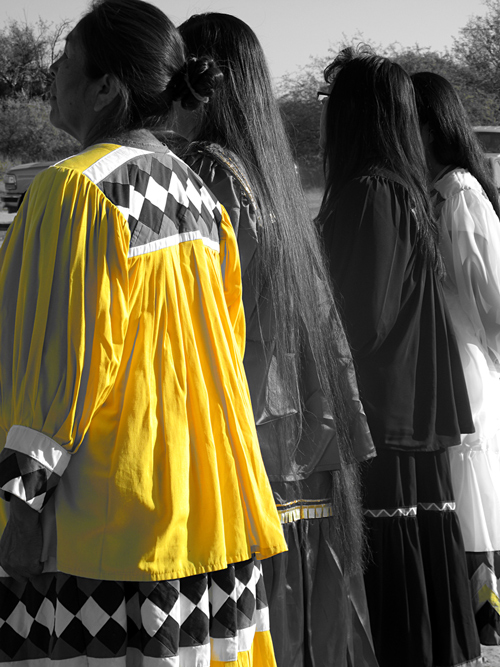 Interestingly, within the Apache culture is a beautiful tradition that promotes self-esteem for both genders—the Sunrise Ceremony for a girl at the threshold of womanhood, in her puberty years. This takes at least one year of planning and preparation, involving the whole extended family and friends of the designated girl and culminates in a three-day, coming-of-age ceremony for the entire tribe/community. In the entire process, the men have well-defined roles and the women have theirs, and they work closely together to create this spiritually-based, socially-uplifting ceremony.
Interestingly, within the Apache culture is a beautiful tradition that promotes self-esteem for both genders—the Sunrise Ceremony for a girl at the threshold of womanhood, in her puberty years. This takes at least one year of planning and preparation, involving the whole extended family and friends of the designated girl and culminates in a three-day, coming-of-age ceremony for the entire tribe/community. In the entire process, the men have well-defined roles and the women have theirs, and they work closely together to create this spiritually-based, socially-uplifting ceremony.
The year (or more) planning process provides the opportunity for communion and cooperation among family and friends, with love and support extended to each other in the careful, methodical training and preparation that is given to a girl-becoming-a-woman. Ideally all persons involved can experience a sense of self and place within a loving family and community that gives the message that all individuals, female and male, are highly valued and needed.
In the decades that I have attended these ceremonies, I continue to observe and personally experience the tremendous sense of healthy pride and respect that the people have for each other during those three days. Even those individuals who are handicapped in some manner, or “different” from most, are treated with love and included in some function that makes them an integral part of the event. If only this sense of personal and social “wellness” could be extended for the rest of the year, but unfortunately those three days have not yet been integrated into the whole of the culture of the reservation for the rest of the year. Nor has the overcontrolling dominant culture changed enough to provide the opportunities needed for each individual, family, and society to unfold into the divine pattern of wholeness, wellness, and personality integration.
Here in the culture of the EcoVillage at Avalon Gardens, we have implemented our own form of coming-of-age ceremonies for our girls and boys respectively, which include a series of activities over a two-year period for children of pre-puberty and puberty ages. The entire community is involved at some level, with a team of parents, school instructors, and mentors being part of the planning. For the children, the two-year process includes individual vision-questing, artistic creations, rugged and gentler outdoor activities, study and contemplation, interaction with older mentors, service projects, and so on.
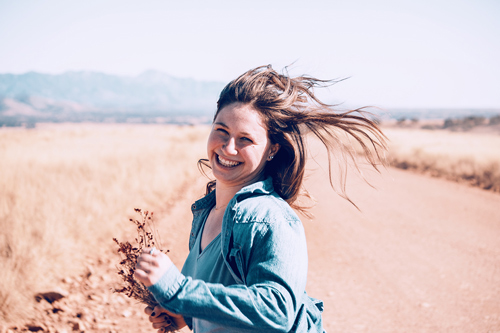 The purpose of these various activities is to assist each girl and boy to identify with her or his unique individuality as a person, a soul ascending. The most important thing for any soul is to grow into a sense of personhood, being “at home” within her or his personality, and having self-esteem. When an individual experiences a sense of personality integration, she or he then can become more compassionate and respectful of other persons and more regardful of our natural and social environments.
The purpose of these various activities is to assist each girl and boy to identify with her or his unique individuality as a person, a soul ascending. The most important thing for any soul is to grow into a sense of personhood, being “at home” within her or his personality, and having self-esteem. When an individual experiences a sense of personality integration, she or he then can become more compassionate and respectful of other persons and more regardful of our natural and social environments.
What our community realizes is that eco-systems, social systems, and person systems are inter-related and cannot be separated when trying to solve the many problems and ills within ourselves, as well as in our world, which include inequality of opportunities, spiritual and economic poverty, physical and psychological violence, the unraveling of most eco-systems, and so on.
When an individual is confused and imbalanced within her or his personhood, then she or he is not encircuited with her or his true Creator-given personality and thus experiences a sense of lostness and not knowing oneself. That lack of personality integration can result in various mental and social disorders that are acted out in many ways, one of them being difficulty in relating to those of the opposite gender or anyone who is considered “different.” So, as with the coming-of-age activities for children, we adults need coming-of-age experiences throughout our lives to assist us in the unfoldment into our personality integration and ability to relate to others more lovingly and respectfully.
Intentional-community-living can provide opportunities daily for individuals to feel loved, supported, and assisted in their own healing and growth. The culture of congruency that is more possible in an intentional community can provide a paradigm for living with compassion and respect for others as ascending souls, children of God. The entire community culture can be designed to help individuals outgrow various unhealthy attitudes and behaviors that are disrespectful and at times even hateful to others.
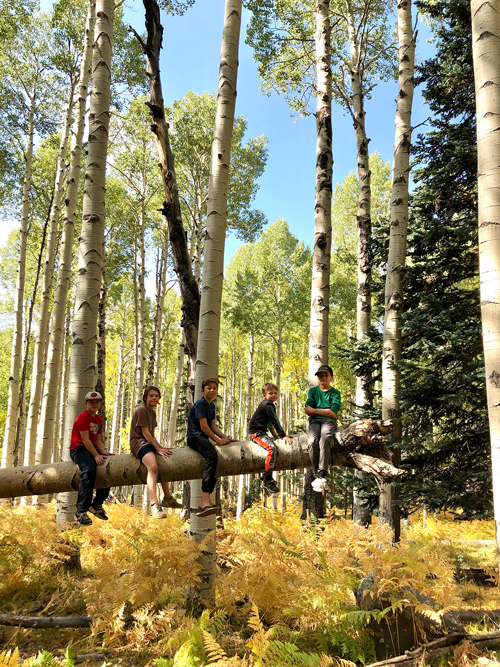 And community offers something else wonderful: the gift of a genuinely “safe” environment, where ideally the sexual pressures and “images” of men and women are basically nonexistent, thus allowing each adult a healing opportunity and emotional support to test out new waters, so to speak, and discover their beautiful, true, and higher selves within their male or female circuitry design without fear of ridicule or peer pressure.
And community offers something else wonderful: the gift of a genuinely “safe” environment, where ideally the sexual pressures and “images” of men and women are basically nonexistent, thus allowing each adult a healing opportunity and emotional support to test out new waters, so to speak, and discover their beautiful, true, and higher selves within their male or female circuitry design without fear of ridicule or peer pressure.
We have found that most individuals who have a difficult time relating respectfully and compassionately to others, including those who may even use the intimidation tactics of a bully (whether with a lover or with just about anyone), suffer from a lack of true self-esteem within her or his Creator-gifted personality circuitry. If the “bullies” or “bigots” or misogynists or “whatever” are willing to become proactive in their own healing and growth processes, they can be transformed as they find themselves within their unique personhood and thus no longer need fear or hate other persons or individuals.
A culture of congruency provides opportunities for people to think about and discuss with each other how mindsets, certain ideologies, and behaviors are counterproductive in building a society of wholeness and wellness. And such a culture encourages people to “take off the masks” they hide behind to seek refuge within the facades of “image” they’ve built in order to protect themselves from further emotional pain.
So, at Avalon Gardens & EcoVillage we have group and individual counseling and sharing sessions where people can attempt to respectfully and regardfully work out their differences, which include counsel for couples who are having difficulty in relating to each other. We have found that with couples, they often think that they need to put some space between each other in order to attend to their individual healing processes, with the hopes of reuniting again.
In summary, regardless of someone’s racial, national, religious, cultural, or gender identity, we all need to consider ourselves and each other as beloved children of the Creator and planetary citizens—true “brothers and sisters”—who have a responsibility to personally find ourselves within our own unique personalities and support one another in that process, and thus become more whole, healed, and compassionate beings who contribute to the genuine progress of human civilization by helping create cultures of congruency within divine pattern. I invite everyone to begin having more conversations in this vein, with open hearts and minds, for the restoration of our world and all its majesty, including its peoples.

